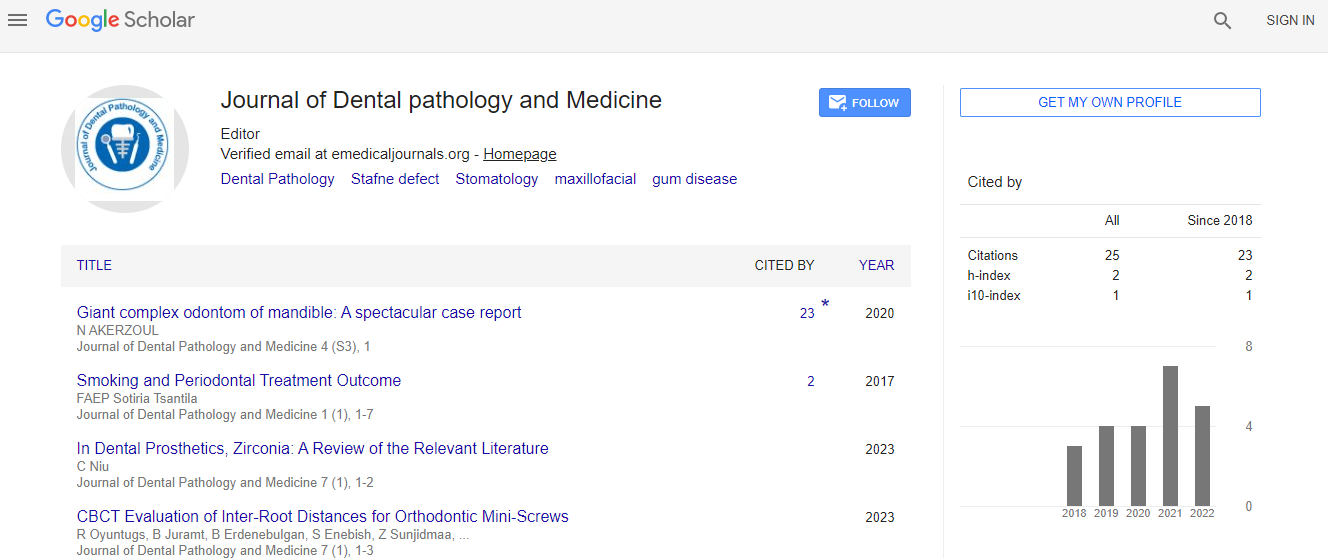Treatment of non-carious cervical lesions: State of art
*Corresponding Author:
Copyright: © 2020 . This is an open-access article distributed under the terms of the Creative Commons Attribution License, which permits unrestricted use, distribution, and reproduction in any medium, provided the original author and source are credited.
Abstract
Considering some factors as the growth of the elderly population, the smaller rate of tooth loss, and possibly the increase of some etiologic factors as inadequate brushing techniques, corrosive food and drink consumption, and occlusal stress concentrating factors (occlusal interferences, premature contacts, habits of bruxism, and clenching), the treatment of non-carious cervical lesions can be considered a matter of great importance. Unfortunately, Class V restorations also represent one of the less durable types of restorations and have a high index of loss of retention, marginal excess, and secondary caries. Some causes for these problems include difficulties in isolation, insertion, contouring, and finishing and polishing procedures.
This presentation aims to help dentists in choosing the best treatment strategy, which necessarily involves steps of problem identification, diagnosis, etiological factor removal or treatment, and, if necessary, restoration. Finally, appropriate restorative techniques are suggested for each situation.

 Spanish
Spanish  Chinese
Chinese  Russian
Russian  German
German  French
French  Japanese
Japanese  Portuguese
Portuguese  Hindi
Hindi 